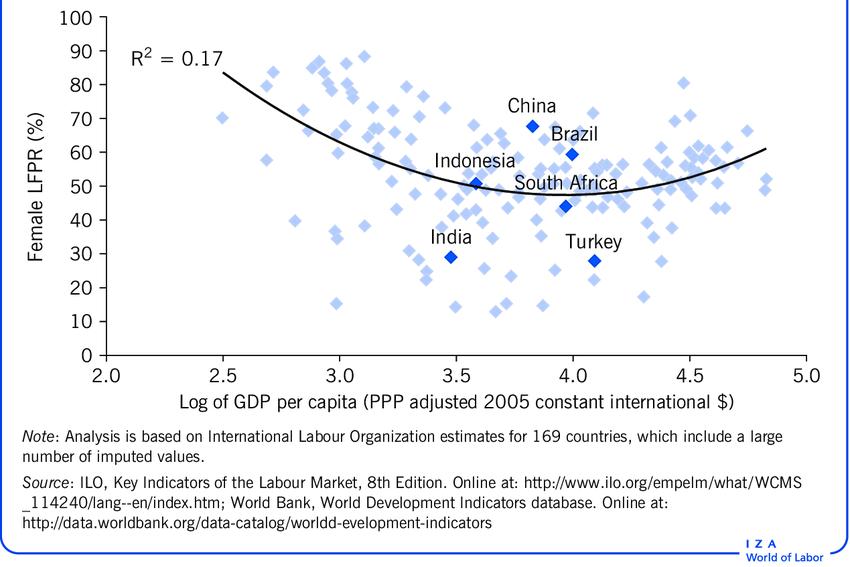7667766266
enquiry@shankarias.in
What is the issue?
What is the anomaly?
Are government measures paying results?
What are the reasons?

What lies ahead for India?
Source: Financial Express